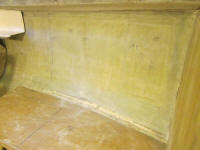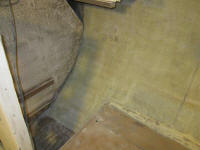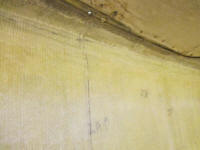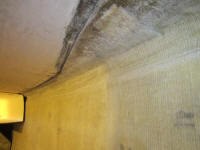
110 Cookson Lane | Whitefield, ME 04353 | 207-232-7600 | tim@lackeysailing.com
Wrapping up the core and fiberglass repair to the port hull, I washed and lightly sanded the new fiberglass to clean up the rough edges and prepare the surface for whatever came ahead.
It was as good a time as any to prepare the underside of the decks in several areas where I'd filled various holes with epoxy before laying the new core and top deck skins. The final stage of these repairs required additional sanding from beneath, mainly to remove paint and surface coatings from the immediately adjacent areas so I could install new fiberglass from below. In this way, I prepared an area of the cockpit sole (where the pedestal had been), old fuel tank fill, and two larger circular openings in the cockpit seats, as well as an area beneath the port sidedeck.
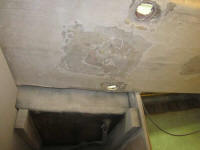
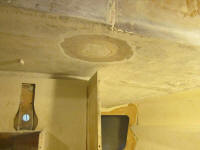
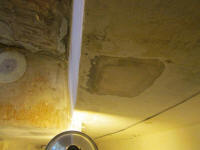
While still set up for working inside the boat, and with an ongoing sanding mess, I turned to final preparations for the second portion of the hull core repair, mainly in the head. However, the damaged core extended slightly forward into the forward cabin, beneath an existing bulkhead. Removing the bulkhead was low on my list of desires, though had the extent of core repair needed required it, I would have done so. The problem with removing it was that it likely would have started an undesirable chain of events and interior rebuilding that we hoped to avoid.
After some additional hull sounding, I cut open the inner skin in a smallish area just forward of the bulkhead, on the port after side of the forward cabin. The cut included the end of the damaged (wet) core, as well as several inches of dry, sound core. Creating this opening allowed me to work with tools in the short section still behind the bulkhead so I could remove the core from the hidden area. I'd be able to slide new core in the same way, so since the area affected was limited in scope, I could avoid removing the bulkhead
After removing the core as needed from both sides of the opening, I prepared the newly-opened section in the forward cabin, sanding the exposed fiberglass and preparing for new core and glass in the near future.

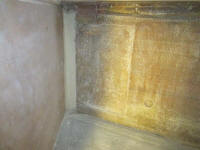
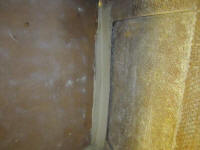
With my work below complete, I moved back to the staging to prepare the hull-deck joint for its repair and reinforcement. Starting at the port quarter, I removed the gelcoat from the top edge of the hull, extending down to the molded cove stripe recess, or about 3". I'd already done the same on the deck edge during the earlier deck sanding. At the same time, I eased the edge of the joint with the sander, the first step in preparing the edge for new fiberglass tabbing. I might have used a router for this, but there were too many bolt heads securing the joint too close to the edge to allow use of a router.
In this way I continued forward, completing the port side and working partway down the starboard side before the end of the day. I'd complete the task next time.

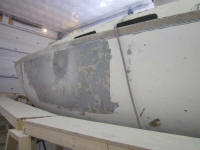
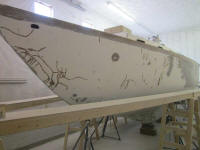
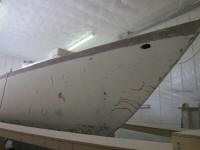
While in the area, I also prepared the outside of the test hole I'd bored long ago in the port hull, grinding out a circular, dished area to accept several layers of new fiberglass.
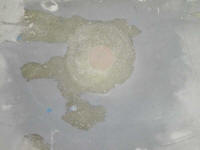
Total Time on This Job Today: 6 hours

